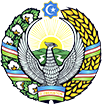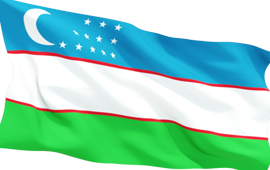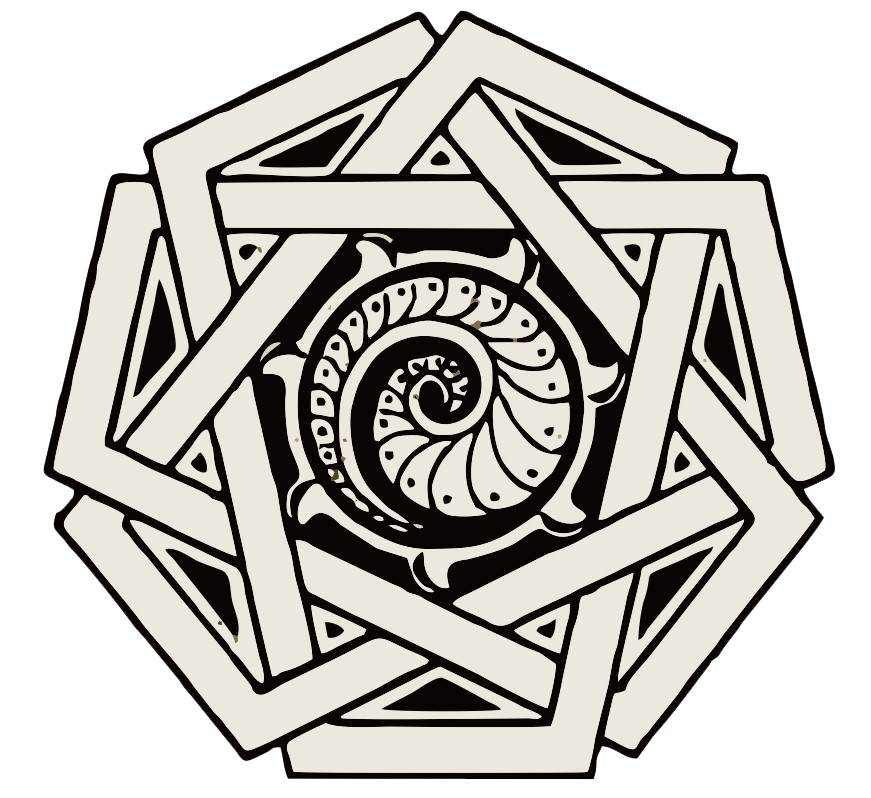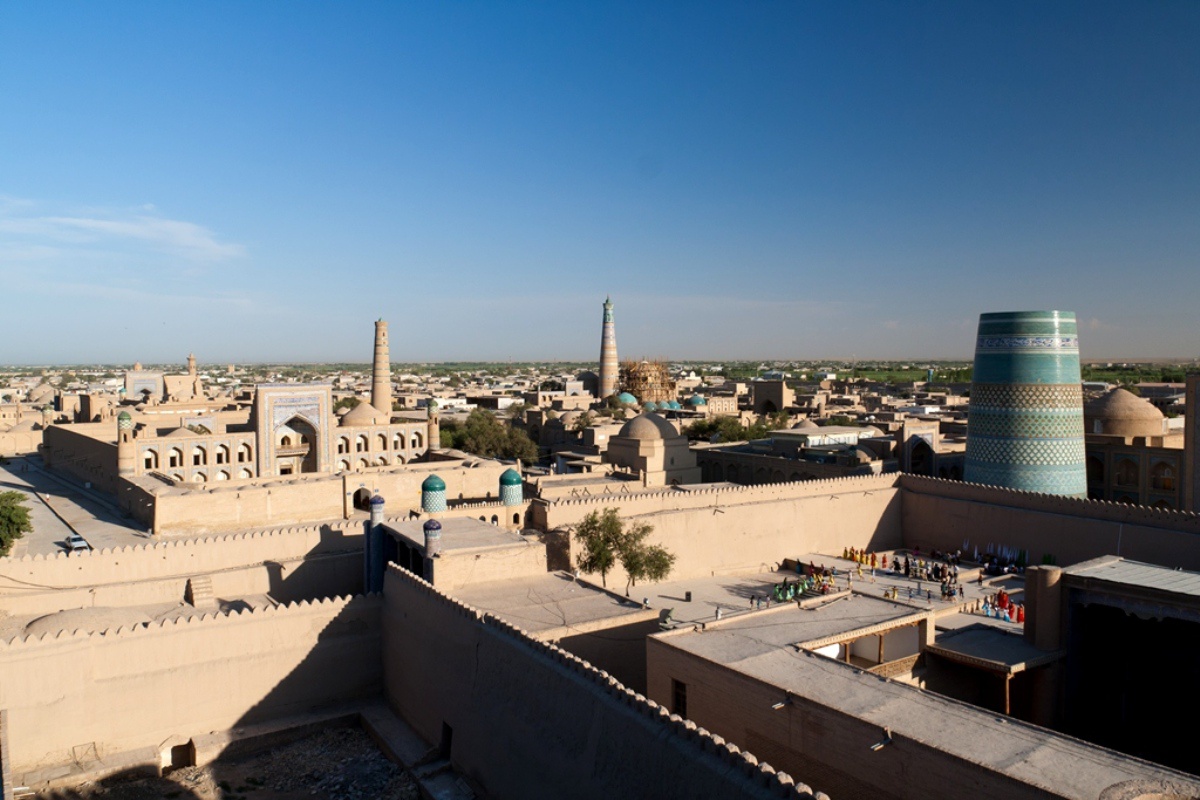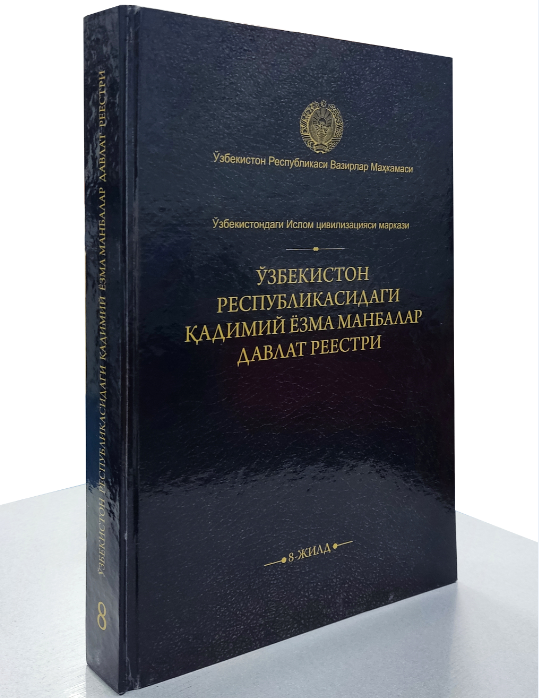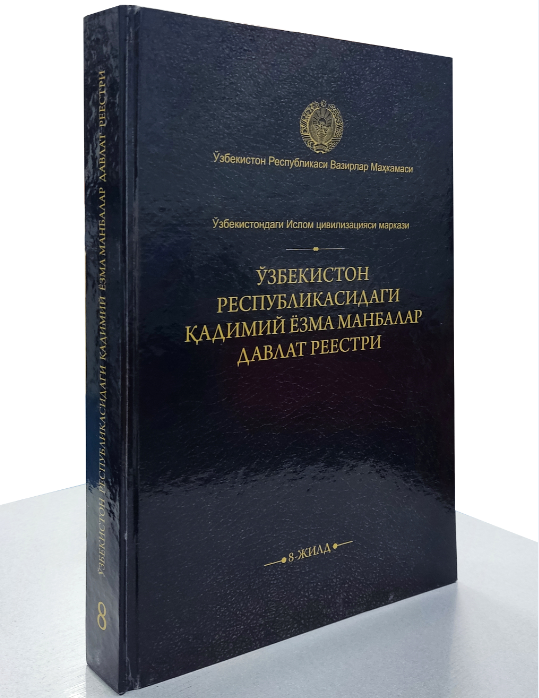From the end of the 8th century, the new culture that began to enter Central Asia with the teachings of Islam and the Arabic language, combined with the rich local cultural traditions, together with the culture of other peoples of the caliphate, created the reality called "Islamic culture", and science, this as a product of culture, it created a large and important layer in the history of science, called "Muslim sciences". The services of Central Asian scientists in the formation and development of this "scientific era", which is called "Golden Age of Islam" and "First Muslim Renaissance" by historians, are incomparable. Their activities and achievements in the fields of Islamic and exact and natural sciences formed the basis for the emergence of local scientific traditions and schools. The vision of the initial cultural development in the Islamic civilization can be seen in the case of hadith studies, tafsir, kalam, law, mathematics, astronomy, chemistry, medicine, medicine, geography, and philosophy in the 9th-12th centuries.
After Central Asia became part of the Arab caliphate, internal conflicts in the region ended and peace was established at the beginning of the 9th century. This period corresponds to the years of the rule of Abdullah ibn Harun, the second son of Caliph Harun al-Rashid. As he himself was very interested in exact sciences, he gathered talented people from the surrounding countries, i.e. Khurasan, Fergana, Shosh, Khorezm, to his viceroyalty center - Marv. When Abdullah took the caliphate in Baghdad under the name al-Ma'mun in 819, he took many scientists from all fields of science, mainly representatives of exact sciences, who worked in Marw to Baghdad. Among them were mathematicians and astronomers such as Muhammad ibn Musa al-Khorazmi, Ahmad al-Farghani, Ahmad Marwazi. They developed their scientific research at a high level with their scientific works. After Al-Ma'mun arrived in Baghdad, he brought the thinkers he brought with him from Syria to "Bayt ul-Hikma" - "House of Wisdom", i.e. "Al-Ma'mun Academy". combined. For several years, this academy was headed by Muhammad al-Khorazmi and Ahmed al-Farghani. Scientific work continued for many years on a planned basis. The scientific legacy of the Central Asian scientists at the Al-Ma'mun Academy determined the direction of the exact and natural sciences of the entire Middle Ages.
The scientific traditions of Central Asian scientists who worked at the "Bayt ul-Hikma" - Baghdad Academy were later continued in Khorezm at the beginning of the 11th century. During the reign of Khorezmshah Abu-l-Hasan Ali ibn Ma'mun (997-1009) and Abu-l-Abbas Ma'mun ibn Ma'mun (1009-1017), a scientific center formed by the famous scientists of their time in Gurganj, the capital of Khorezm - Majlis al-ulama (Council of Scholars) was established. In it, scholars such as Abu Nasr ibn Iraqi, Abu Sahl Mashihi, Abul-Khair Hammar, Abu Rayhan Beruni and Abu Ali ibn Sina, Ibn Miskawayh, al-Sa'alibi taught astronomy, mathematics, chemistry, medicine, philosophy, logic, linguistics, history. and conducted scientific activities in the fields of literature. The activity of this scientific center stopped in 1017 as a result of the march of the ruler of Ghazna, Sultan Mahmud Ghaznavi, to Khorezm. Although Khorezm Ma'mun Academy was active for a short time, it was created by encyclopedist scientists such as Abu Rayhan Beruni, Abu Ali Ibn Sina, and had a positive impact on the activities of scientists of the world in the fields of concrete and natural sciences. showed a secret.
The high scientific and cultural development, which took place in the Islamic world in the 9th-12th centuries and is called the Muslim Renaissance, suffered a severe blow in the first quarter of the 13th century - the Mongol invasion. This invasion caused unprecedented damage to the Central Asian regions of the Islamic world.
But from 1360, in Movarounnahr, Amir Temur appeared on the stage of history. For ten years, he fought to free the country from the Mongol occupation, and in 1370 he succeeded in establishing an independent state. In the following years, Amir Temur created a huge kingdom, and the territory of present-day Uzbekistan and neighboring lands developed at a high level politically and economically. After the death of Amir Temur, his traditions were continued during the Timurid period, science and culture developed at a high level, and the phenomenon of the Timurid renaissance appeared. During this period, first Samarkand and later Herat became the most developed cities of the Islamic world. In Samarkand, the grandson of Amir Temur, Mirzo Ulugbek, created a scientific center specializing in exact sciences, in which the famous scientists of their time, Qazizada Rumi, Jamshid Koshii and Ali Kushchi, carried out scientific activities of world importance.
Thus, the 9th-11th and 14th-15th centuries were marked by the gathering of bright representatives of scientists and thinkers on the scientific and cultural scene of Central Asia. Their works, together with the scientific heritage of scientists from other regions of the Middle Ages East, made a worthy contribution to world civilization as the foundation of many scientific directions.
